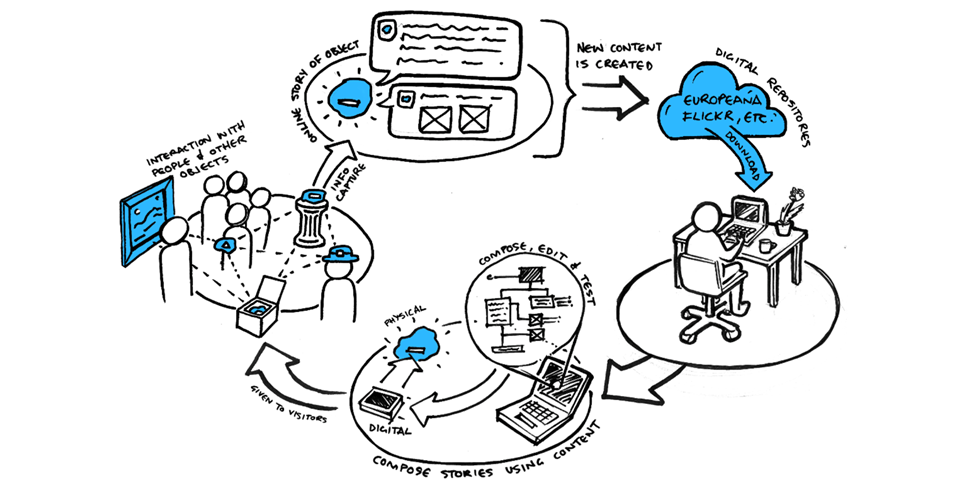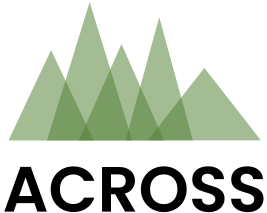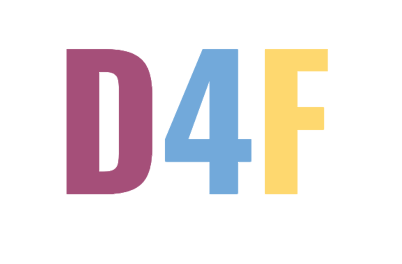meSch will bridge the gap between visitors’ cultural heritage experience on-site and on-line by providing a platform for the creation of tangible smart exhibits. This platform will enable curators, artists, designers and cultural heritage professionals in general to create smart objects and intelligent spaces and to compose digital content to be embedded in smart objects and spaces without the need for specialised technical knowledge. Smart objects (like a magnifying glass or a replica) are enriched with digital technology while intelligent spaces embed sensors: both react to people, spaces and smart objects. A bespoke application will adapt the content and the behaviour of the object or space to visitors, their social context and the environment. The overall production cycle for personalized experiences will be decomposed into four main steps: 1. Curators conceive a new exhibition, or an adaptation to an existing one, and select pivotal objects (possibly replicas) that have been augmented with digital capabilities through the embedding of miniaturized multisensory integration platforms (e.g. Arduino, .net Gadgeteer, Raspberry Pi) or of more traditional devices (e.g., an mp3 player or a smartphone of which only the screen is made visible). They edit or select from proprietary or public domain multimedia databases (like Europeana) suitable chunks of digital content related to the objects. 2. With the help of an authoring tool they assemble the chunks of content into threads of narration and select adaptive rules for their presentation. Similarly, they associate enabling (inter)actions over the objects to release the contents. The resulting structures for adaptive experiences are then downloaded onto the smart objects that will compose the exhibition. 3. Visitors approaching the smart objects at the exhibition site, either individually or in groups, will be able to experience the physical dimension of exhibits as well as the (social) engagement that may be favored by the tangible interaction coupled with the contextual delivery of mindful content such as a coherent story or an appropriate soundscape. 4. The logs of what visitors have experienced onsite, will translate into a digital souvenir that become the basis for a further personalized exploration online, after the visit.





